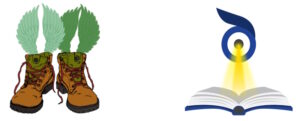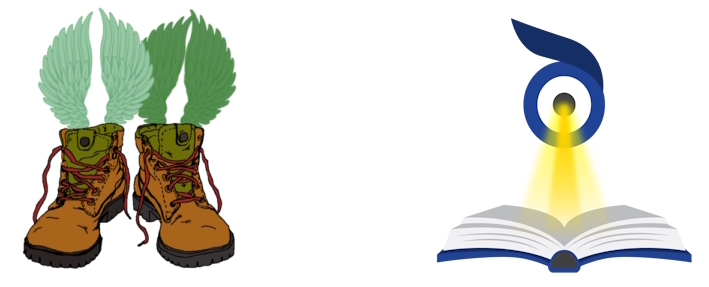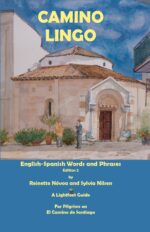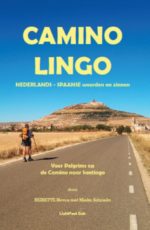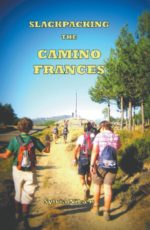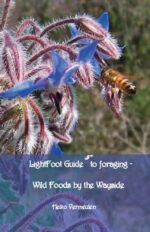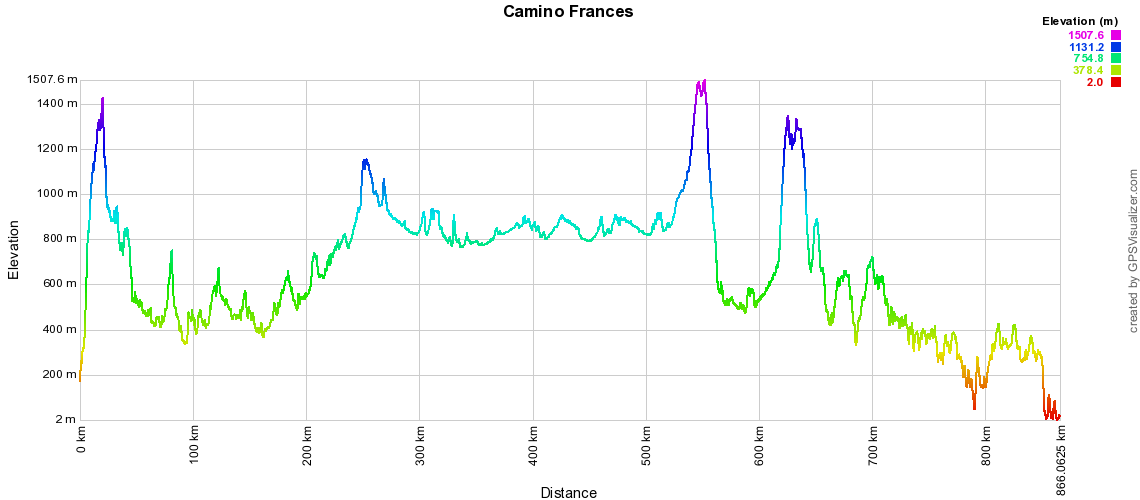The Camino Frances is the Spanish section of the St James Way fed by the 4 principal routes across France and is by far the most popular European pilgrimage route and as a consequence has the broadest range of facilities. Low cost accommodation and reasonably priced pilgrim menus are available throughout the route.
Traditionally the route starts at Saint Jean Pied de Port in France at the foot of the Pyrenees. To avoid the stiff climb to 1400m many modern day pilgrims choose to join the route in Spain perhaps in Roncesvalles or Pamplona.
The terrain varies from the rolling hills of the arid Meseta to the Atlantic facing mountains of Galicia.
Total distance of the route: 789km to Santiago de Compostela (866km to Finisterre)
Maximum Altitude: 1508m
Typical hiking duration: 28-35 days for the entire route
![]() Possible stage itinerary
Possible stage itinerary
From the 9th century pilgrims have followed the route of the sun to the west and at night they replaced this with a stream of stars, the Milky Way. The aim of their journey was to visit the tomb of St. James the Great, one of the twelve apostles of Christ, who tradition believes to be entombed in the cathedral of Santiago de Compostela.
Often pilgrims would continue their journey to Finisterre – the end of the known earth in the middle ages.
The route is variously known as the Milky Way or Voie Lactée, El Camino, the Camino de Santiago, le chemin de St Jacques or the St James Way with the section between Saint Jean Pied de Port and Santiago most often called the Camino Frances.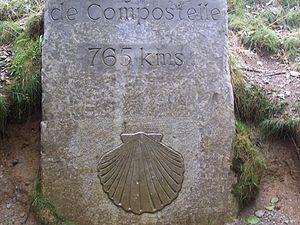
Pilgrims travelled from throughout Europe converging on the Camino Frances much as is symbolised in the blue and yellow logo which in turn was developed from the shape of the cockle shell, the traditional token of completion of your pilgrimage.
In the 12th century, Aymeric Picaud, a French scholar and monk from Parthenay on the Three Saints Way wrote the Codex Calixtinus. The manuscript records the four routes which cross France and the common Camino Frances in Spain. The manuscript notes the towns, rivers and mountains along the way and provided advice to pilgrims
However, disease, the protestant reformation and political unrest in 16th century led to the route’s progressive decline with eventually only a handful of pilgrims making the journey each year during the 1970’s.
This 1988 paper by Paul von Caucci Saucken provides more information on the relationship between the via Francigena and routes to Santiago 
The resurrection of the trails to Santiago de C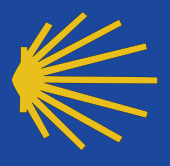 ompostela can be attributed mainly to Don Elias Valina Sampedro a priest and scholar from O Cebreiro who devoted over 30 years of his life to the restoration of El Camino as a pilgrimage trail. In 1967 he wrote his doctoral thesis on ‘The Road of St James: A Historical and Legal Study’.
ompostela can be attributed mainly to Don Elias Valina Sampedro a priest and scholar from O Cebreiro who devoted over 30 years of his life to the restoration of El Camino as a pilgrimage trail. In 1967 he wrote his doctoral thesis on ‘The Road of St James: A Historical and Legal Study’.

In 1985 Don Elias was entrusted with the co-ordination of all the resources for the Camino. ‘Refugios’ were established and he was the first to mark the way with yellow arrows, begging for yellow paint from the departments of roads. Also in 1985 UNESCO declared the city of Santiago de Compostela a World Heritage Site.
